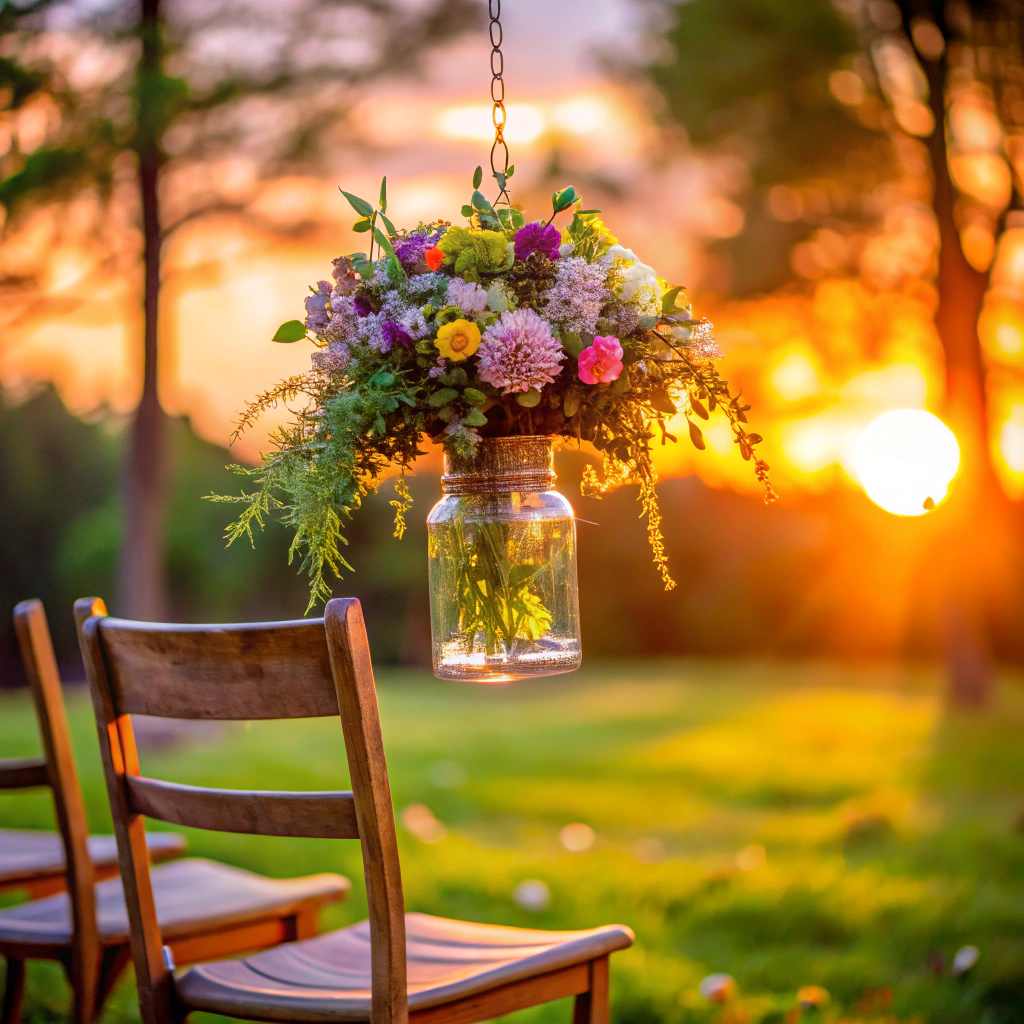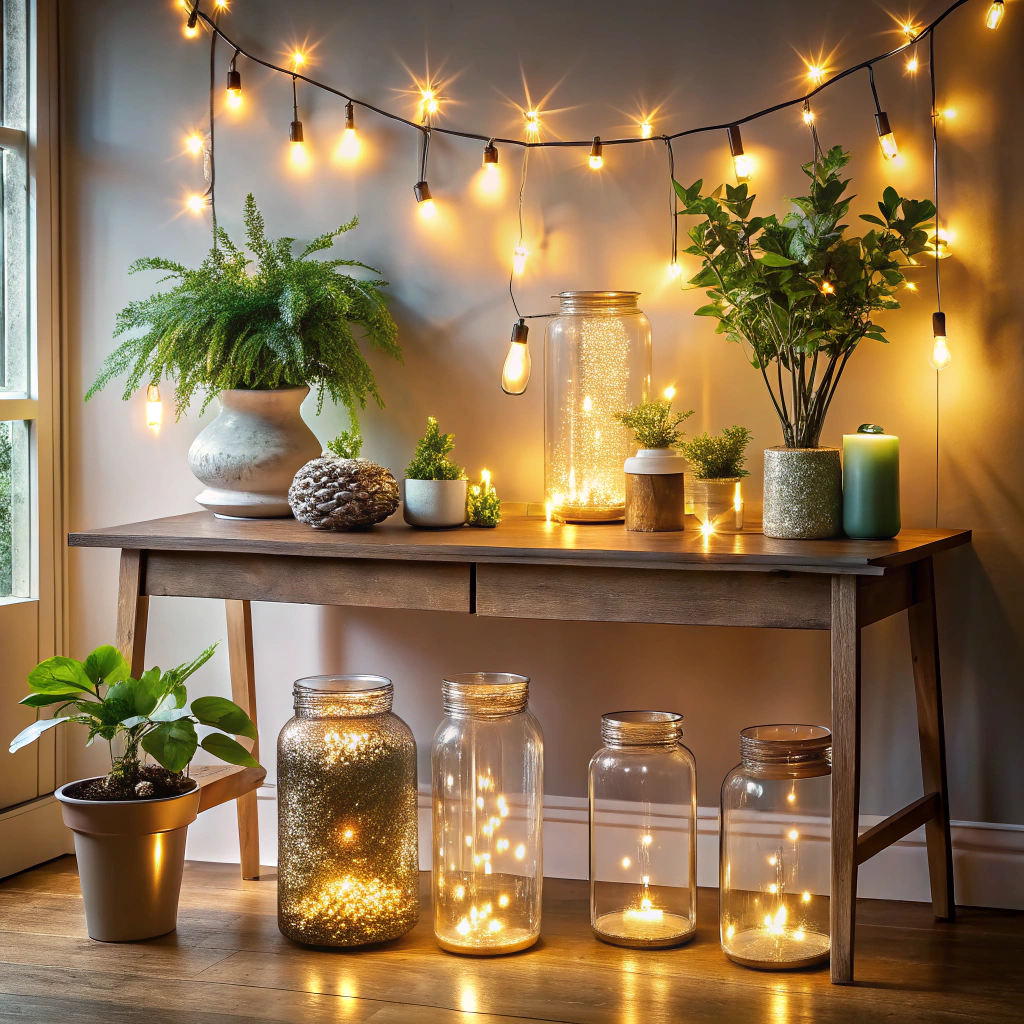Last updated on
Explore the many advantages of stand-alone wardrobes because these highly versatile and style-forward pieces of furniture are revolutionising storage solutions in homes across the globe.
Key takeaways:
- Standalone wardrobes offer versatility and portability for easy room rearrangement.
- Consider the size and height of the wardrobe to match your storage needs and room dimensions.
- Look for key features like storage capacity, adjustable components, and doors vs. open design.
- Assess the material and build quality to ensure durability and stability.
- Consider the style and aesthetic of the wardrobe to complement your room’s decor.
Benefits of a Stand Alone Wardrobe
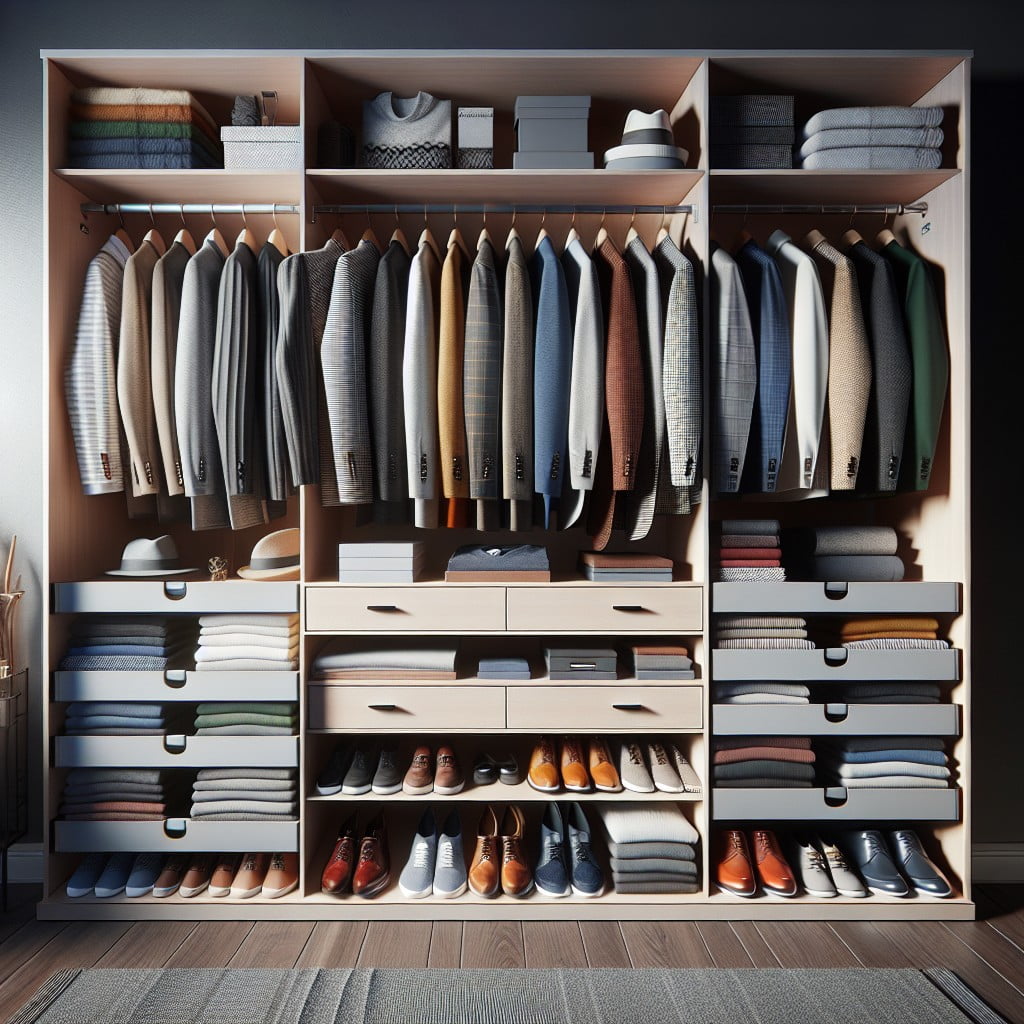
A stand-alone wardrobe offers versatility in furniture arrangement, enabling homeowners to modify room layouts without built-in constraints. Its portable nature allows for easy relocation, making it a practical choice for renters or those who frequently rearrange their living spaces. Additionally, this type of wardrobe can be an economic alternative to custom cabinetry, with a variety of price points to suit different budgets.
For those in need of immediate storage solutions, these wardrobes eliminate the wait typically associated with built-in installations. They present a wide array of designs, from minimalist to ornate, granting the flexibility to match any interior decor. With the ability to choose specific features such as mirrors, drawers, or shelves, individuals can tailor storage to their precise needs, without the commitment or permanence of built-in units.
Understanding Different Sizes and Their Utility
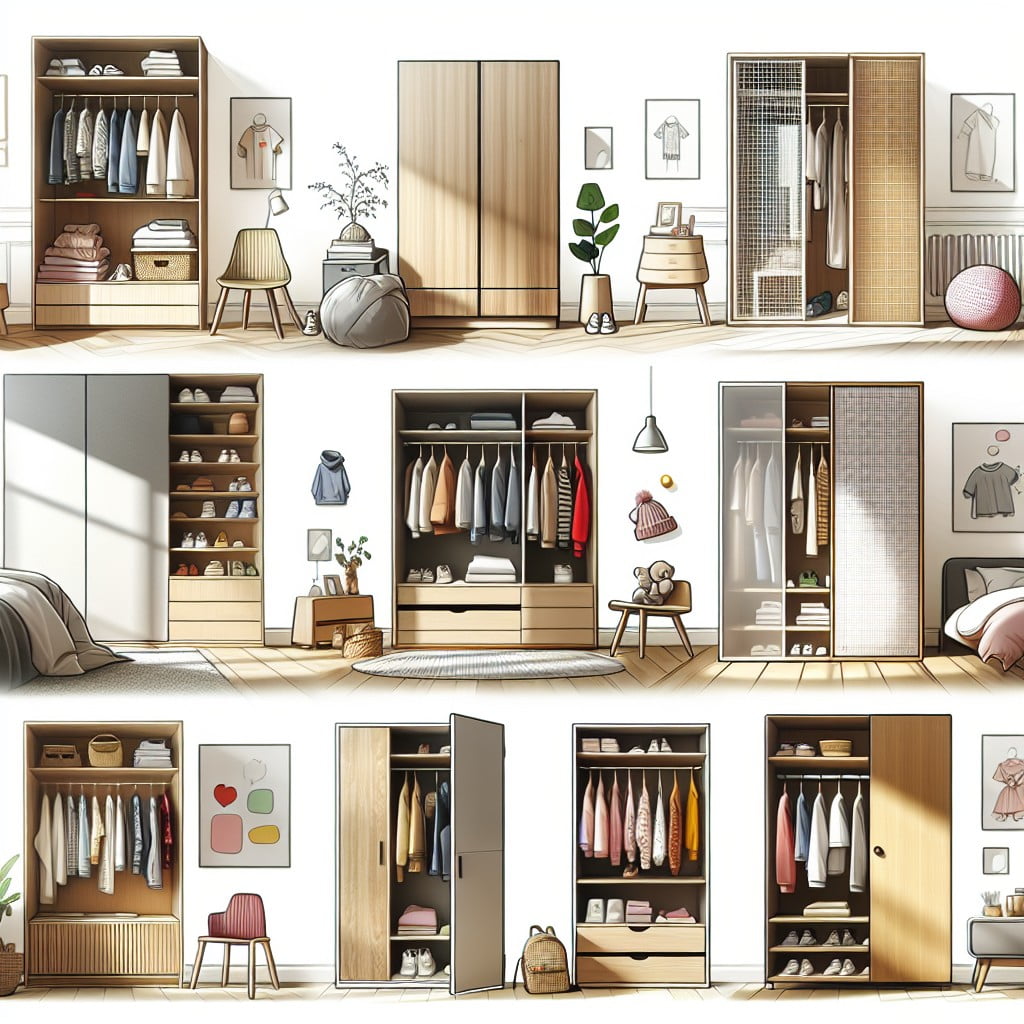
When picking the perfect stand-alone wardrobe, size is a crucial factor that correlates directly to its utility and accommodation within a space. Small wardrobes, often termed single-door, fit neatly into tight spaces or corners, making them ideal for compact living or as supplementary storage in larger rooms.
Conversely, double-door models offer more hanging space, suitable for single users with an extensive wardrobe or for shared use. For those with ample room and a need for vast storage, triple-door or even larger wardrobes provide extensive space for clothing, accessories, and often include built-in drawers or shelves.
Consider the wardrobe’s height as well; a taller unit maximizes vertical space and may include extra shelving or space for seasonal storage on top. Be sure to measure ceiling height and room dimensions before purchasing, to ensure a good fit.
Remember, the size of the wardrobe should reflect your storage needs, yet harmonize with the room’s scale and not overwhelm the space. The right balance offers both functionality and a pleasant aesthetic appeal.
Key Features to Look for in a Stand Alone Wardrobe
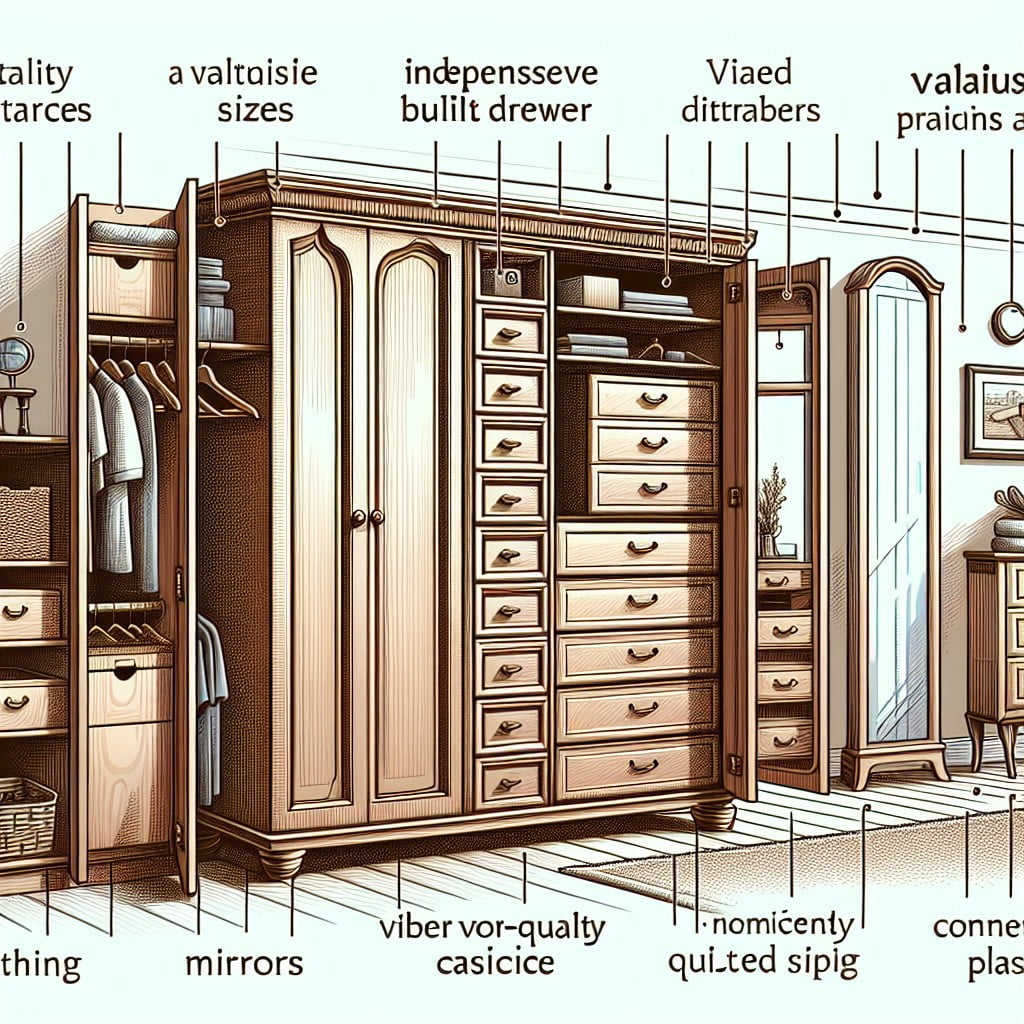
When selecting the perfect wardrobe, consider several essential features to ensure it meets your needs:
1. Storage Capacity: Evaluate the amount of clothing and accessories you need to store. Look for a wardrobe with ample hanging space, shelves, and drawers to accommodate your items without crampering.
2. Adjustable Components: Shelving and hanging rods that adjust provide flexibility for different clothing lengths and sizes. This feature allows you to customize the interior to suit your wardrobe changes over time.
3. Doors vs. Open Design: Choose between a wardrobe with doors, which hides clutter and protects clothes from dust, or an open design for easy access and a lighter aesthetic. Sliding doors can be ideal for saving space in smaller rooms.
4. Mirror Integration: Some wardrobes come with built-in mirrors, offering convenience and helping to make a room look more spacious.
5. Locking Mechanism: If security is a concern, opt for a wardrobe that has a lockable section to safely store valuables.
6. Ventilation: Proper air circulation within the wardrobe is important to prevent mold and keep clothes fresh. Look for models with ventilation holes or gaps.
By taking these features into account, you’ll be on your way to choosing a stand alone wardrobe that is both functional and suits your personal storage needs.
Assessing Material and Build Quality
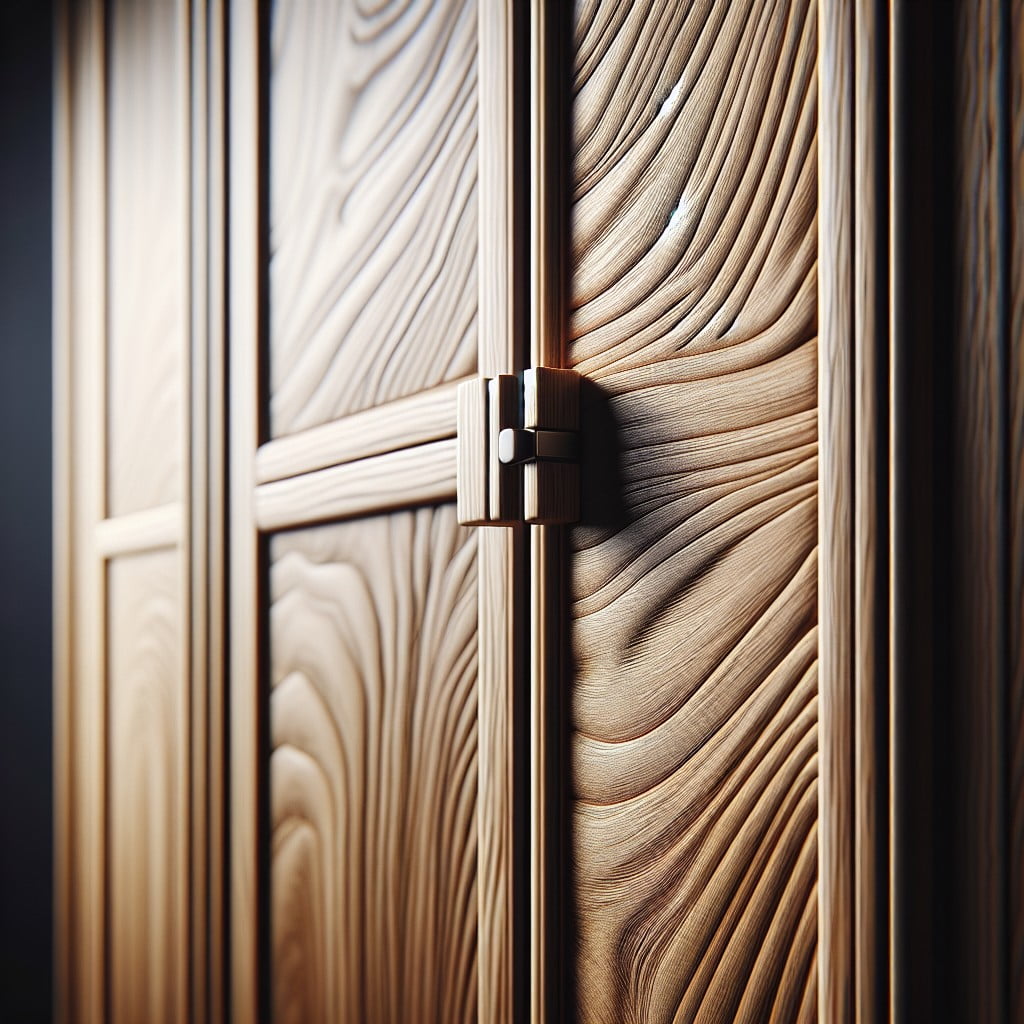
Materials commonly used for wardrobes include engineered wood, solid wood, metal, and plastic. Each has distinct advantages and potential drawbacks.
Engineered wood, such as MDF or particleboard, is cost-effective and comes in a variety of finishes, though it may lack the durability of solid wood. In contrast, solid wood wardrobes offer longevity and robustness but can be heavy and more expensive. Metal options are durable and add a contemporary feel but may require more maintenance to prevent rust in humid climates. Plastic wardrobes are lightweight and often more affordable, but they may not support heavy loads or offer the aesthetic appeal of other materials.
When evaluating build quality, inspect the unit carefully. Sturdy construction is indicated by elements like thick panels, tight joints, and smooth drawer slides. Hardware such as hinges and handles should feel solid and operate smoothly. If possible, apply gentle pressure to assess stability – a well-built wardrobe should not wobble or squeak. The finish is another key quality indicator; it should be even, without bubbles or blemishes, and the edges of the wardrobe should be smooth to the touch. Look for any certification labels that guarantee the furniture meets specific safety and construction standards.
Style and Aesthetic Considerations
When selecting a wardrobe, aligning with the room’s existing decor sets the tone for a coherent aesthetic. Traditional wooden finishes add a touch of classic elegance, whereas sleek metal or high-gloss options cater to modern tastes.
A minimalist design can serve as a versatile piece across various decor themes. For a personal touch, consider units with customizable handles or doors, and remember that a cohesive color scheme will blend the wardrobe seamlessly into the space.
Look for styles that not only complement but elevate your bedroom’s ambiance.
Space Optimization: Placement and Internal Layout
Maximizing the utility of your stand-alone wardrobe starts with strategic placement. Position it in a corner or against the least used wall to keep the room spacious and open. Consider the flow of the room and ensure doors and drawers can open fully without obstruction.
Within the wardrobe, an efficient internal layout is vital. Adjustable shelves offer flexibility for different item heights, while drawers are perfect for smaller garments. Use hanging rods at varying heights to accommodate both long dresses and folded trousers, maximizing vertical space. For those with a collection of accessories, built-in hooks and cubbies can keep belts, ties, and jewelry organized and within reach.
Incorporating vacuum-sealed bags or bins on the top shelf can store out-of-season clothing, freeing up space for items in current rotation. Lastly, if the wardrobe has extra floor space, think about adding a shoe rack or basket for a tidy arrangement that makes it easy to find what you’re looking for.
Ease of Assembly and Mobility
Assembling a standalone wardrobe shouldn’t require a degree in engineering. Simplified, intuitive design is key. Many models now come with user-friendly instructions, and some boast a ‘no tools required’ feature, meaning you can set them up with just your hands.
Mobility adds versatility to your wardrobe. If it’s lightweight or equipped with wheels, rearranging your space becomes a breeze. Plus, this portability is a blessing when it comes time to move homes – no heavy lifting!
Pay attention to whether the wardrobe can be disassembled easily; if you’re someone who likes to change up your living arrangements, this will save you a lot of hassle in the long run. Remember, a piece that’s simple to take apart and put back together is a smart choice for dynamic lifestyles.
Price Range and Budgeting
When setting a budget for a stand-alone wardrobe, consider both short-term costs and long-term value. Affordability often dictates choices, but investing in a higher-quality piece might prevent future replacement expenses.
Prices can start as low as $50 for a basic model and reach upwards of $2000 for luxury designs.
Materials significantly influence price; non-solid materials like particleboard are cost-effective, while hardwood is pricier but offers durability. Size plays a role, too—larger wardrobes command higher prices. Custom features such as mirrored doors or built-in lighting also add to the cost.
Before purchasing, weigh the wardrobe’s price against its expected lifespan and the cost per use. Factor in potential sales or discounts and consider the assembly—if hiring help, include this in your overall budget.
Shop around to compare prices for similar models and check for reviews indicating a wardrobe’s longevity. Remember, the most expensive option isn’t always the best value-for-money choice, but neither is the cheapest if it won’t stand the test of time.
Comparison of Popular Stand Alone Wardrobe Models
When evaluating some of the popular models, the IKEA PAX wardrobe system is often praised for its customization options. Customers can choose from a variety of doors, finishes, and organizers to tailor it to their needs. On the flip side, the Armoire by West Elm offers a more stylish, mid-century modern look but typically comes with a higher cost.
For those seeking durability and classic design, the Sauder Homeplus Wardrobe Cabinet provides ample storage and comes in a variety of wood finishes. It is generally more affordable and is known for sturdy construction. Alternatively, the Prepac Elite Wardrobe Cabinet stands out for its taller build, offering extra shelf space atop the clothing rod, making it ideal for rooms with high ceilings.
Comparing these, consider each model’s size and how it complements your space, the flexibility of interior arrangements, and the general aesthetics. Remember, what suits one person’s taste and needs may not suit another’s, so weigh the features against your personal criteria for the perfect wardrobe match.
Shopping Guide: Where to Buy Stand Alone Wardrobes
Identify reputable furniture retailers in your area where you can evaluate various models in person. Visiting a physical store allows you to inspect the wardrobe’s materials, finish, and build quality up close.
Explore online marketplaces for a broader range of options. Look for websites that offer detailed product descriptions, high-resolution images, and customer reviews to inform your decision.
Consider second-hand shops or online classifieds for budget-friendly choices. Purchasing a used stand-alone wardrobe can offer significant savings, but ensure you check for any damages or wear before finalizing the purchase.
Inquire about delivery and assembly services when purchasing bigger units, as some retailers offer these add-ons, which can simplify the acquisition process.
Sign up for newsletters or follow your favorite furniture stores on social media to get updates on sales, promotions, and new arrivals, potentially finding the perfect piece at a discounted rate.
FAQ
What is a stand alone closet called?
A stand alone closet is called an armoire.
What is standalone wardrobe?
A standalone wardrobe is an independent storage unit that doesn’t require connection to any surface for stability.
What is the name of a standing wardrobe?
The name of a standing wardrobe is either armoire or almirah.
What materials are typically used for constructing standalone wardrobes?
Standalone wardrobes are typically constructed from materials like solid wood, particle board, MDF (Medium-Density Fibreboard), and metal.
How does the price range differ between various standalone wardrobe designs?
The price range of standalone wardrobes can greatly vary from around $100 for basic models to over $2,000 for luxurious, custom-made designs.
What are the essential factors to consider when choosing a standalone wardrobe for a small bedroom?
When choosing a standalone wardrobe for a small bedroom, it’s crucial to consider the wardrobe’s size, storage capacity, design, material, and how well it fits with your room’s decor.
Recap:

